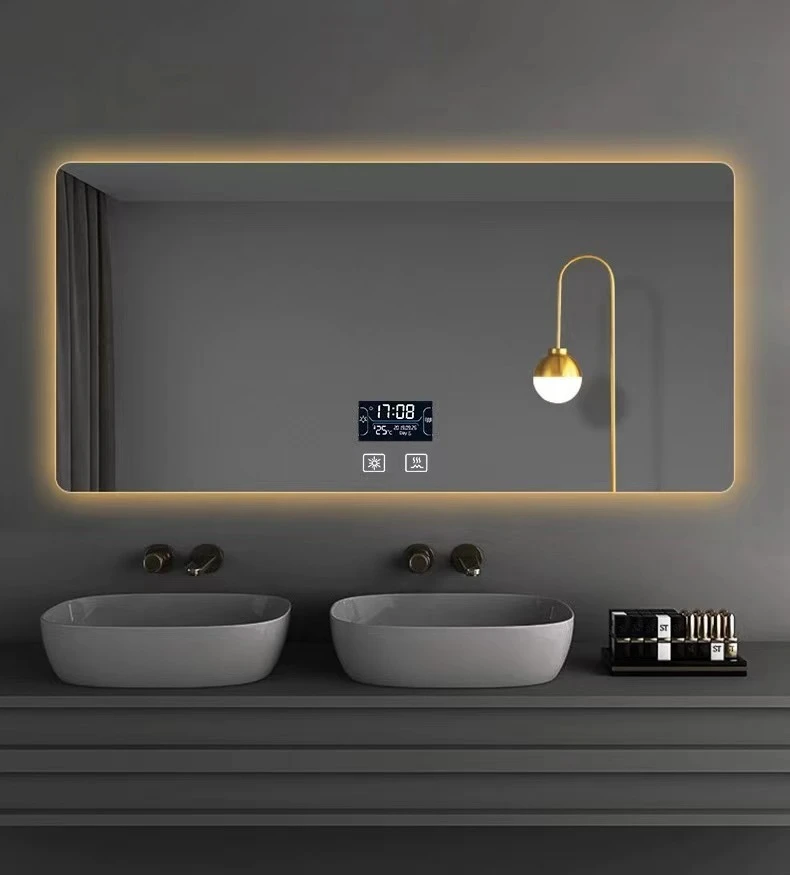

The Wonders of Reflective Glass A Material that Transforms Spaces
Reflective glass, a remarkable material that blends elegance with functionality, has gained massive popularity in modern architecture and design. This innovative glass type features a thin metallic coating that reflects light, creating a striking visual effect and offering a range of benefits that set it apart from traditional clear glass.
The Wonders of Reflective Glass A Material that Transforms Spaces
From an aesthetic perspective, reflective glass adds a modern touch to architectural designs. Its ability to mirror surroundings creates dynamic visual effects, allowing buildings to harmonize with their environment. For instance, a skyscraper clad in reflective glass can blend seamlessly with the sky, changing its appearance throughout the day as the light shifts. This color-changing capability makes reflective glass a favorite among architects and designers who seek to create iconic structures that stand out while simultaneously enhancing their surroundings.

Moreover, the privacy that reflective glass offers is another reason for its growing popularity. During the daytime, reflective glass acts like a one-way mirror; people outside may not see through it while those inside can enjoy clear visibility of the outside world. This quality makes it ideal for commercial buildings, offices, and urban homes where privacy is necessary without sacrificing natural light. However, it is essential to note that the one-way effect diminishes as the light levels equalize, typically during the evening when indoor lighting is on.
In addition to its practical advantages, reflective glass contributes significantly to sustainability in modern construction. With the world facing challenges related to climate change and resource depletion, using reflective glass can be an integral component of green building practices. By decreasing energy consumption for cooling, it supports a reduction in greenhouse gas emissions associated with power generation. Furthermore, reflective glass can be manufactured with recycled materials and is often recyclable at the end of its life cycle, making it a more sustainable choice compared to other building materials.
However, while reflective glass has many benefits, there are some challenges associated with its use. For instance, it can contribute to light pollution if not designed carefully, as reflections can be distracting to drivers or disrupt natural ecosystems. Furthermore, it can be more expensive than traditional glass, which may influence its adoption in some budget-conscious projects.
Overall, reflective glass is a versatile and valuable material that transforms the spaces we inhabit, marrying beauty with practicality. Its ability to enhance energy efficiency, provide privacy, and create stunning visual aesthetics makes it an essential choice in contemporary architecture. As we move towards a future that prioritizes sustainability and innovative design solutions, reflective glass will undoubtedly continue to play a pivotal role in shaping our built environment. With its unique properties and advantages, reflective glass is more than just a building material; it is a canvas for creativity, functionality, and responsibility in architecture.